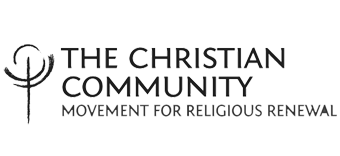The Logic of the Heart
At this time of the year the waterlily, the queen of the water plants, is blooming in many places in our country [Holland]—in ponds, in ditches, even in the drab canals in our big cities.
Waterlilies have a long way to go before out of the mud and water something so beautiful as its snow-white flower is born. Nymphea alba it is called, the white nymph. For just like the water beings, just like the nymphs, the flowers strive to come to the surface somewhere and play with water, air, and light. Rarely is there such a world of difference in the realm of plants between darkness and light, between root and flower.
Looking at the plant you may recognize–what the waterlily does by nature shows us something of the long road that still lies ahead of us.
In every human being inconceivable forces are slumbering that are waiting to be awakened and come to blossom. In antiquity these were called lotus flowers: invisible flowers that can be awakened to life. Every human being is all too familiar with the dark bottom in which these forces are rooted—buried under murky thoughts, passions, and desires. The first step on the path from this murkiness to light is: saying yes to yourself—also to the characteristic that most strongly resists change from temptation to strength. In every human being lives a hidden longing for light, even when we are trapped in darkness and temptation.
We would not seek the way to the altar if we were not led by the longing for light that guides us upward, step by step. One day to be reborn from above. One day to awake and to blossom in a world of light.
–Rev. Bastiaan Baan, Summer 2022
